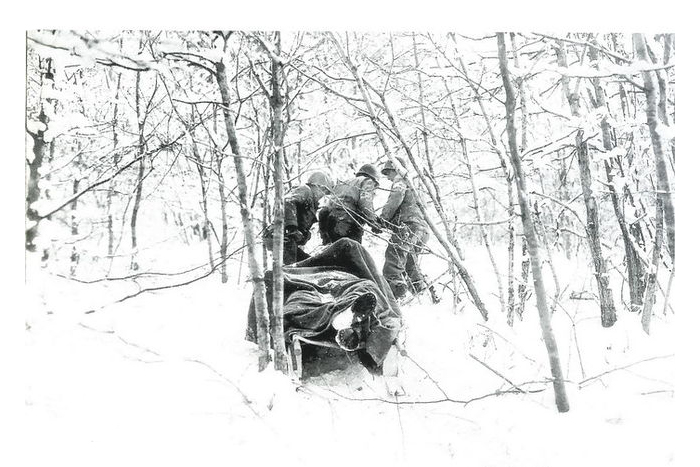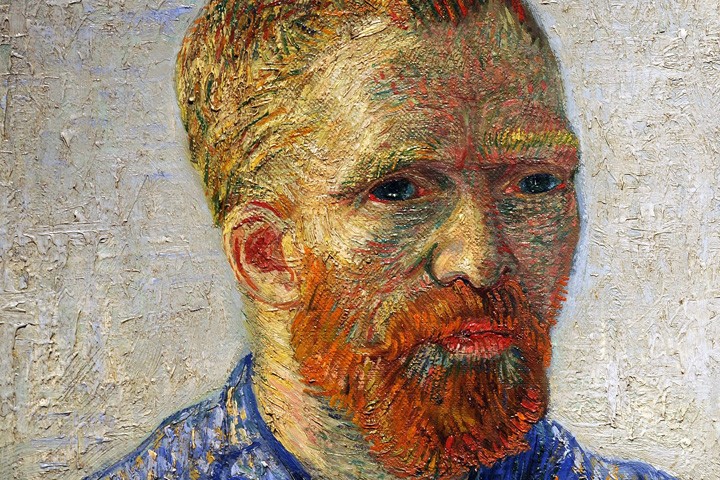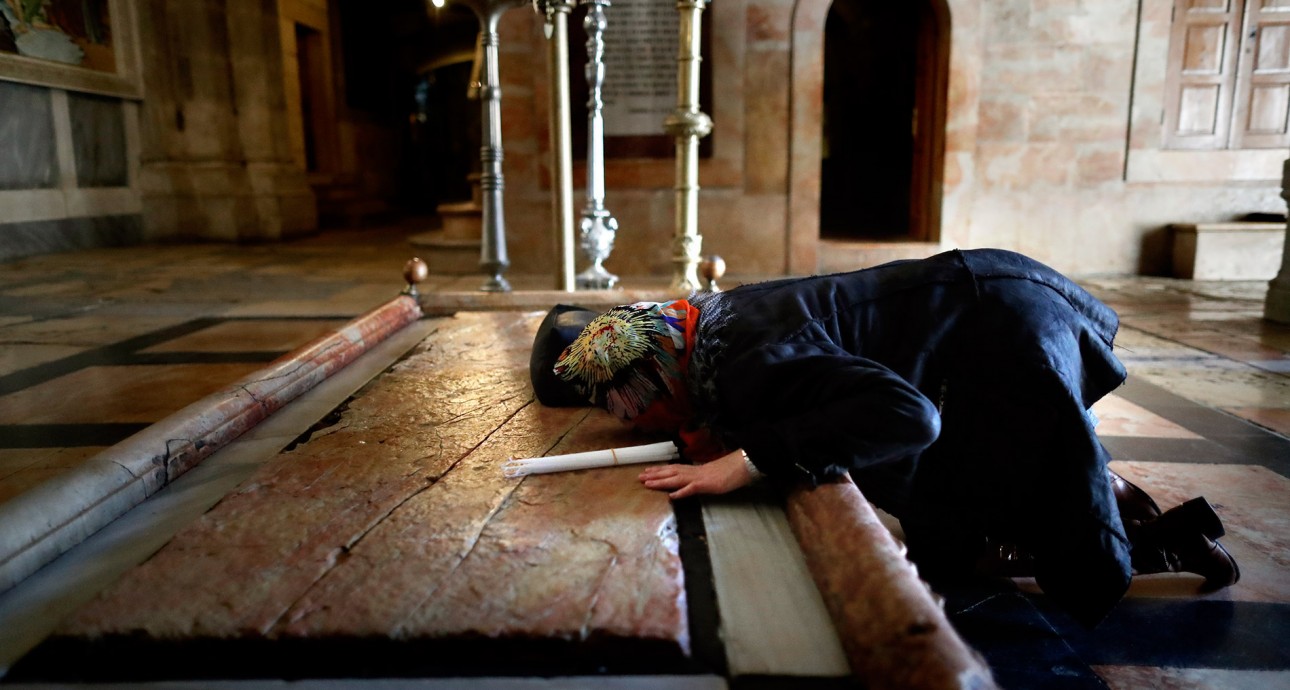
Busting the Myths: A Tour of Travel Destinations that Feature Hoaxes
Breast implants, counterfeit diplomas, fake genealogies — people are prone to mystifications. This sport has its own champions. While most people don’t go further than lying about the number of their sexual partners and love for independent movies, more serious falsifications change the course of history and attract pilgrims from all over the world. Bird In Flight goes over the most successful hoaxes.
The Grave of Major William Martin
On January 26, 1943, the body of Glyndwr Michael was found in an abandoned London warehouse. A lonely homeless man in his early 30ies died of rat poison — and in a couple days was buried with honors in the “Nuestra Señora de la Soledad” cemetery in Huelva, Spain as Major William Martin, Royal Marines, which radically affected the course of WWII.
The accidentally discovered body and the subsequent mystification allowed the allied forces of the US and Great Britain to trick the German command and perform the invasion of Sicily successfully. As a result, the allied forces established control over the seaways in the Mediterranean Sea, removed Benito Mussolini from power, and withdrew Italy from the war. The daring operation on disinformation made history as Operation Mincemeat.

The idea to disprove the rumors about the planned invasion of Sicily by the allied forces first came to Naval intelligence officer, Captain Ewen Montagu. The orders forbade British officers with classified documents on them to fly on planes even over neutral territories, to prevent the enemy from obtaining the papers. However, this was exactly what soon happened to ‘Major William Martin.
On April 30, 1943, the captain of the Seraph, a submarine of the British Royal Navy, floated the body of Glyndwr Michael near the shores of neutral Spain. The announcement about the “death of the Royal Navy officer W. Martin” was published in the Times.
The body was soon washed ashore near Huelva, infamous for being penetrated by German intelligence. The briefcase with documents that were labeled as strictly confidential was attached to the hand of the “English officer who died in the plane crash”. The documents bore convincing evidence of the intention of the allies to invade Greece. This was enough for Hitler to start building defense there and leave the troops in Sicily completely unprepared. He was hesitant to redeploy troops to the location of a real attack of British and American forces even when the allies have already invaded Sicily, considering it a distracting move.
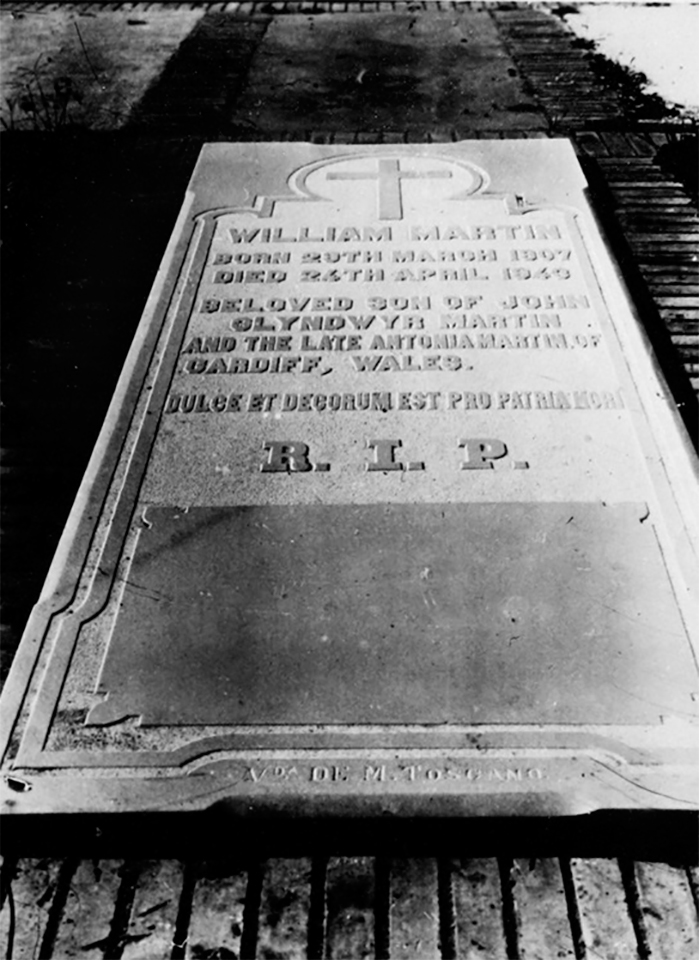
The Entombment of Christ
Jesus Christ could not rest in peace even after the painful process of atoning for the sins of humanity. Currently there are at least five locations where the Son of God is claimed to have been buried.
Three of them are in Jerusalem: Church of the Holy Sepulchre, the Garden Tomb, and the tomb where the remains of Jesus Christ and his family members are said to be lying, discovered in 1980 in East Talpiot neighborhood. They are close to each other, which allows those who take an interest in Biblical history to plan a comfortable route. It is more difficult to reach other graves, as they are located in India and Japan.
The most exotic version is Christ being buried in the Japanese village of Shingō. In 1935, they discovered the message in Old Japanese, containing the last will of Christ and the information about his grave. The local legend says that the person who was crucified on Calvary hill outside Jerusalem’s walls was Jesus’ brother, and Jesus himself went to Japan, fell in love with the local girl and lived to be 106. The Japanese say that this can be confirmed by the special pattern on local kimonos, which resembles the David’s star, and the tradition to draw a cross with a chalk on the heads of newborns.

Cardiff Giant
One of the main fake attractions in the history of the US emerged from a 5-ton block of gypsum and the wish to mock the tendency of the clergy to interpret the Holy Scriptures literally.
In 1869, farmer William Newell was digging a well on his farm in Cardiff, NY, and discovered a 3 m statue of a man. The newspapers spread the news about the fossilized remains from Biblical times, and the most simple-minded readers argued that they were real. Newell used the media attention and started charging people who wanted to come and have a look at the wonder, and soon sold the ‘remains’ for $23,000.
The farmer gladly talked to the journalist. He only failed to mention one thing — that a year earlier the statue was brought in and buried by his cousin George Hull. A trickster, he wanted to teach a lesson to a Methodist priest who was telling stories about giants who once lived on Earth, confirmed by the quotes from Genesis. Hull transported the gypsum block from Iowa claiming it was purposed for Abraham Lincoln statue and found a stonemason who agreed to make it into a statue of a man and keep the job secret.
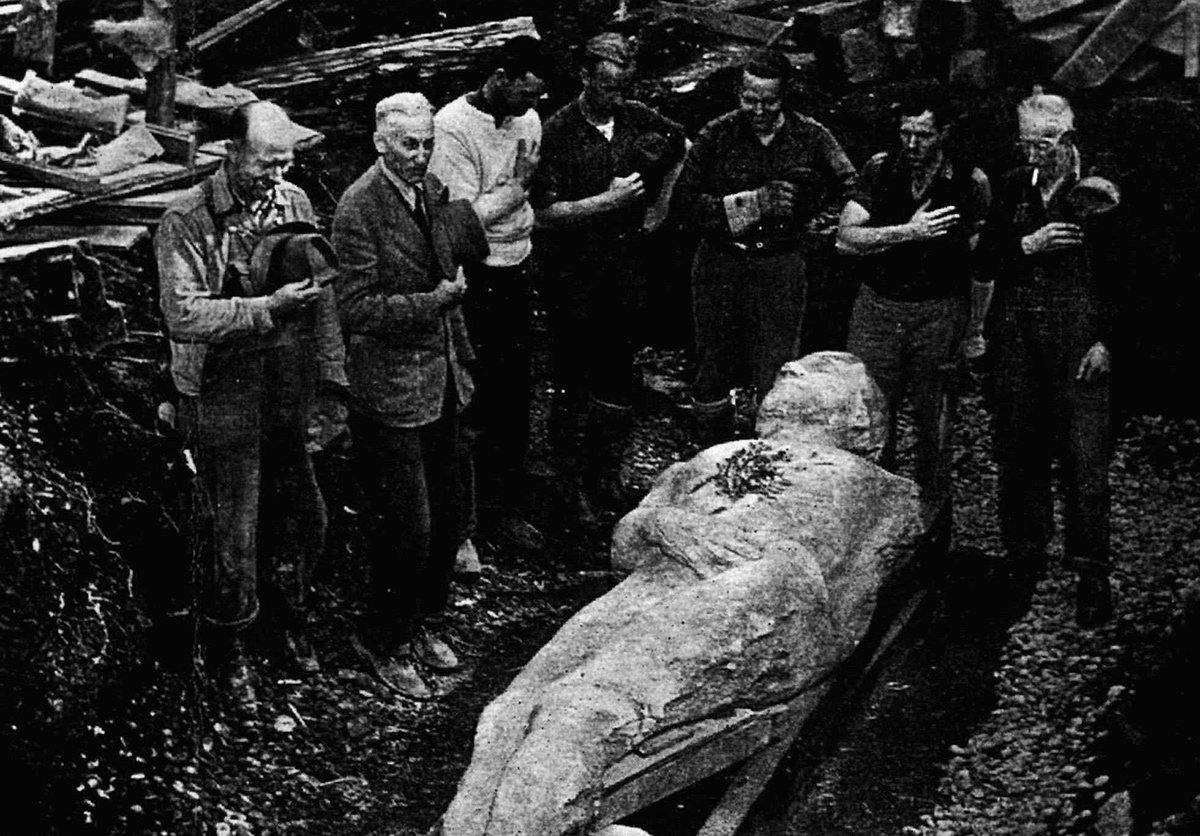
Among those who wanted to buy the discovery was a famous businessman in American 19th century show business, the owner of the freaks circus Phineas Barnum. When his offer was refused, he ordered several copies; one he exhibited as the original, the others he sold. George Hull couldn’t stand someone else’s commercial success, so he confessed. This did not prevent Cardiff Giant from becoming an attraction — it is currently on display in the Farmers’ Museum in Cooperstown, NY.
The Kensington Rune Stone
The late 19th century was rich on hoaxes. Several years after the World Exposition of 1893, dedicated to the 400th anniversary of the discovery of America by Columbus, American Swedish farmer Olof Ohman found a stone with inscriptions in Scandinavian runes when uprooting stumps. The message scribbled on the stone had a date — 1362. If the artefact was real, it would disprove the theory about America being discovered by the Spanish, but the linguists were sceptical about the discovery.
The plate would have soon been forgotten, if not for a young scholar Hjalmar Holand who was carried away with it. Thanks to him, the stone made it to Europe, was demonstrated at many exhibitions and even gathered around it a small group of scholars who sympathized with the Scandinavian theory of the discovery of America.
The fans of the theory got a hard blow in 1973, when a man called Walter Gran made a deathbed confession that the stone with a runic inscription on it was made by his father and Olof Ohman to “mock those who were looking down on them”. Nevertheless, the attempts to prove that the runes are real haven’t stopped, and the stone is on display in Alexandria, MN.

New and best
